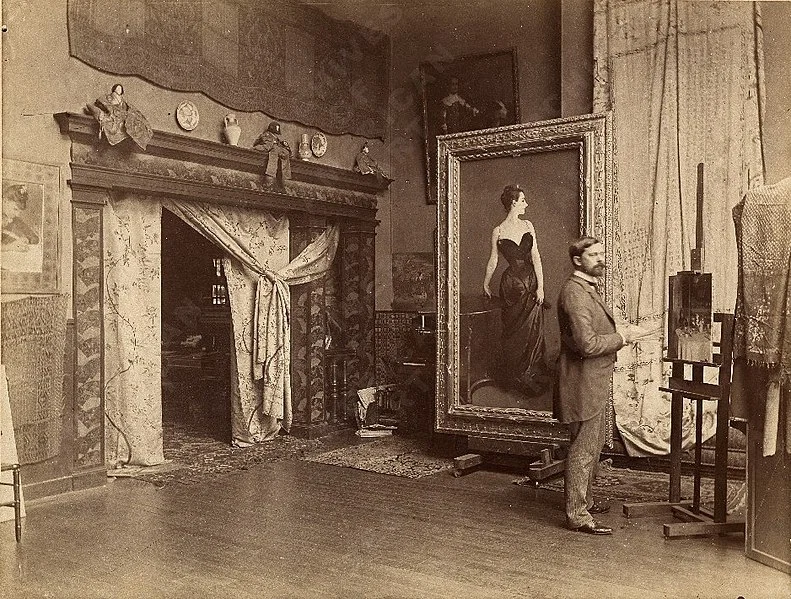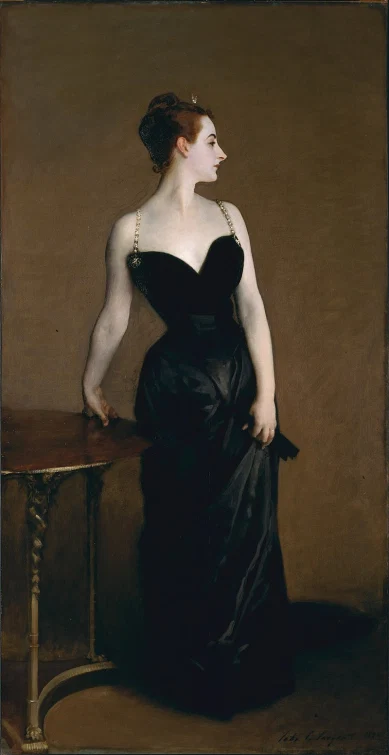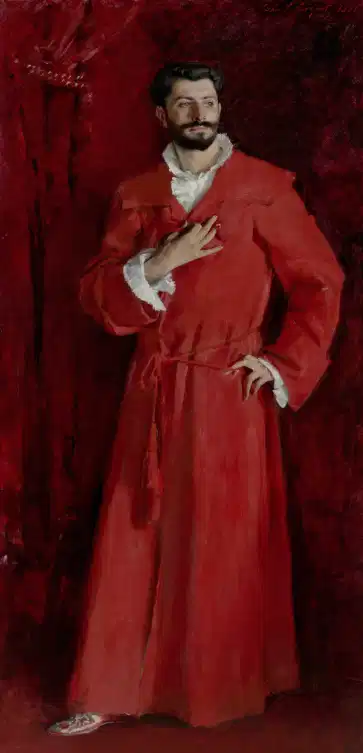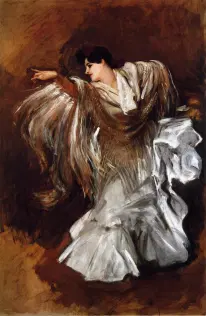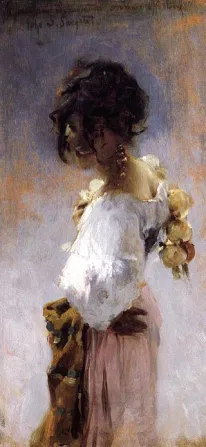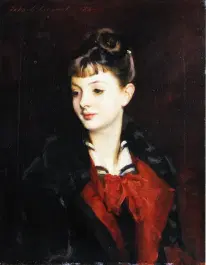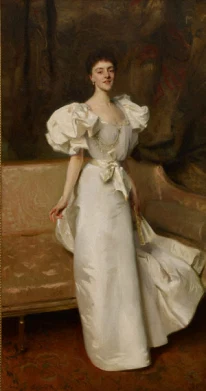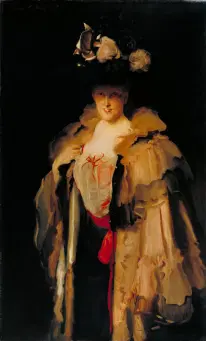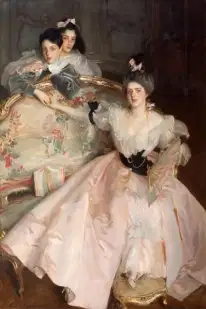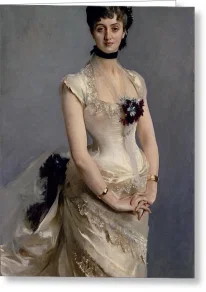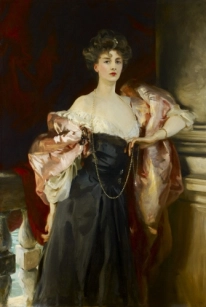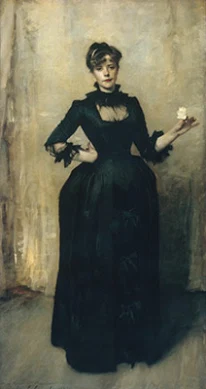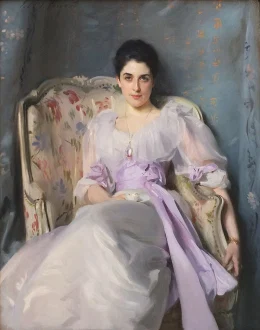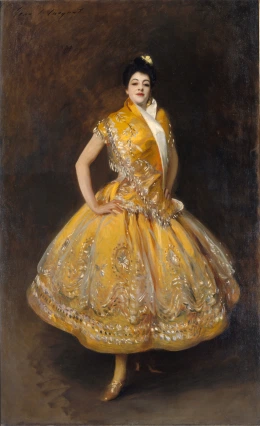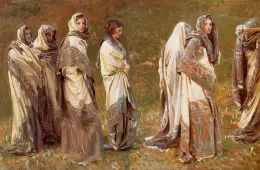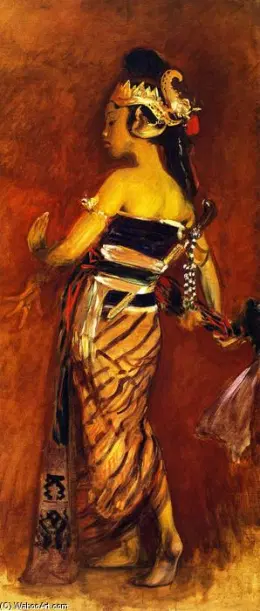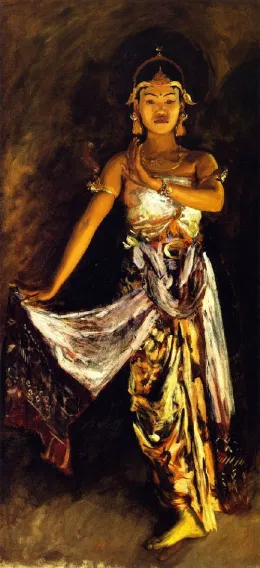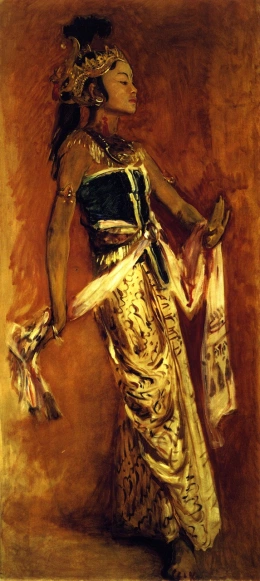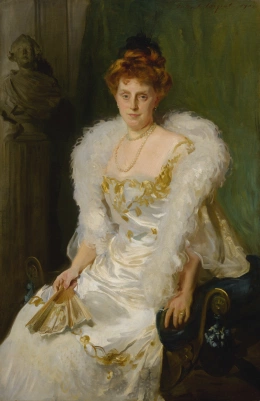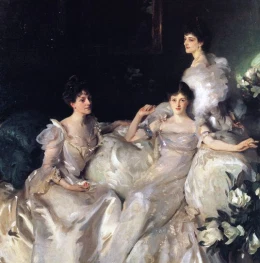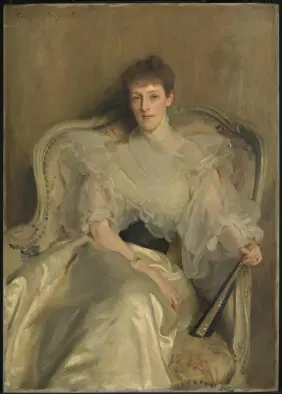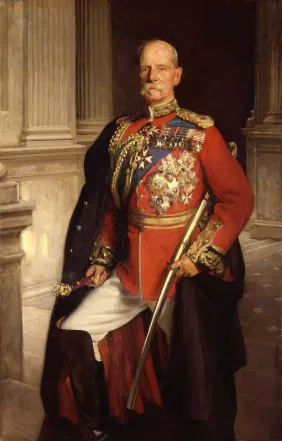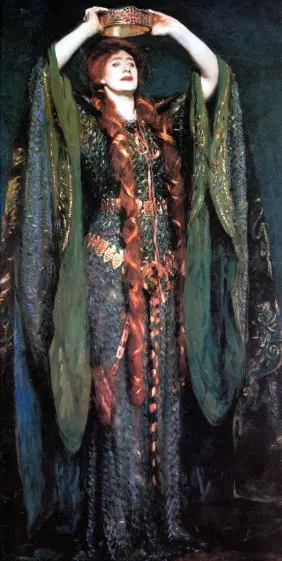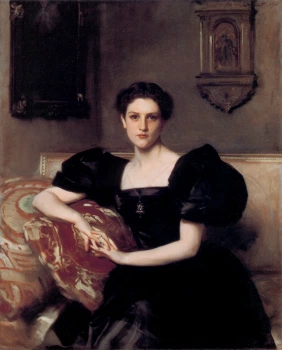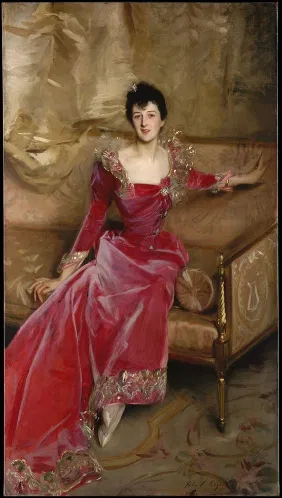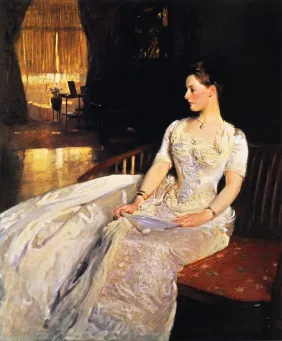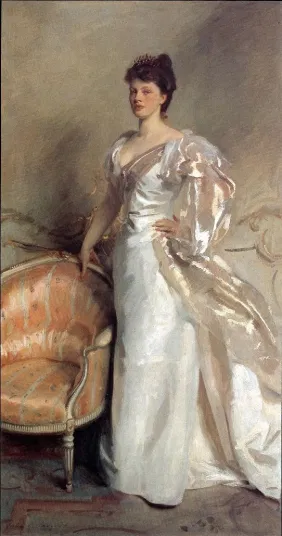There has always been a debate in the art world how closely linked together are fashion and art. In almost every painting from the beginning of art history depicting people, garments, clothes and accessories are shown. Fashion influences and imitates art and art influences and imitates fashion. These two social phenomenons along with architecture, literature and cinema, expresses their time, and show us what a human hand is capable of creating, at a specific point in time.
I have always admired the history of Great Britain, especially the Edwardian era. Samuel Hynes described the Edwardian era as a “leisurely time when women wore picture hats and did not vote, when the rich were not ashamed to live conspicuously, and the sun really never set on the British flag”. A time when two pieces dresses were becoming fashionable, muffs were a must, and V-shaped neckline was the new hot thing.
There were Edwardian people, wearing Edwardian fashion, and there was John Singer Sargent to memorize it all.
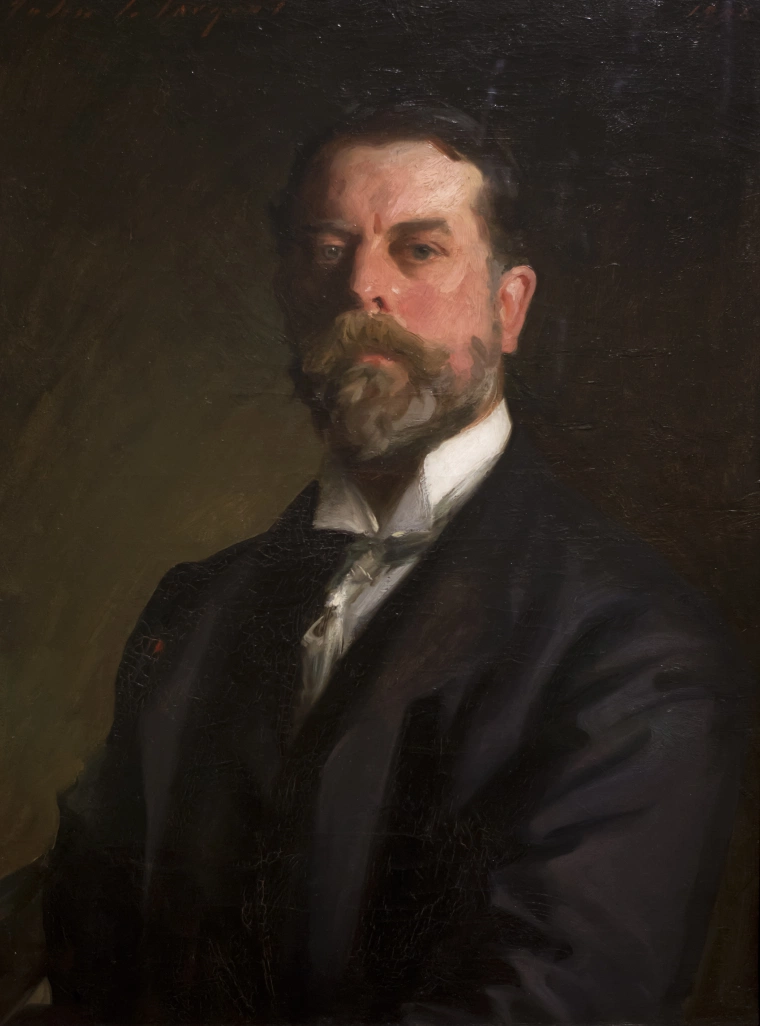
This American artist who was born on the 12th of January, 1856, created around 900 oil paintings, and more than 2000 watercolors. He was considered the leading portrait painter of his generation, painting the luxurious lives of the Edwardian people. Back in those days, a painter needed socialites to make him famous, and socialites needed a famous painter to ensure their place in the high society. It was a win win situation for Sargent.
The nature observant child grew up to be quite the artist. His parents saw his talent, so his fate was sealed. Sargent quickly became famous in the British society mainly because his work is characterized by exellence, attention to details, and a surgical precision of painting clothes, layer after layer, after layer, and then human flesh.
John Singer Sargent and his art are not boring at all. His portrait of Virginie Amélie Avegno Gautreau, entitled as “Portrait of Madame X”, stirred quite the controversy. Virginie, an american beauty with skin so pale, and cameo-like features, was one of the most famous women in Parisian society. Known for her beauty, hourglass figure, daring fashion choices and multiple love affairs, Virginie enjoyed the status “muse”. Everybody wanted to be in her company. Sargent was a friend of her lover Dr. Pozzi, whom he had painted as well. Through Dr. Pozzi, he arranged a meeting with her and took the opportunity to paint the “It girl” of those days.
She was painted with one shoulder strap falling down from the dress, but after her first appearance at the Paris Salon (the official art exhibition of the Académie des Beaux-Arts in Paris), the revealing dress and Virginie’s sultry face expression caused a great controversy, so Sargent had to repaint the fallen strap.
“Madame X” now resides in the Metropolitan Museum of Art in New York, and is considered Sargent’s best work, by himself and many art critics. In later life Sargent expressed ambivalence about the restrictions of formal portrait work, and devoted much of his energy to mural painting and working en plein air. He lived most of his life in Europe. Even though art historians generally ignored the society artists such as Sargent until the late 20th century, they are a very valuable asset in the history of art. Through them and their work, one can see, feel and get to know better the older times, politically, economically and socially.
And know, let me take you on a time travel through the Edwardian era, our captain is John Singer Sargent. All on board!
Yours fashionably,
Mademoiselle Matea

